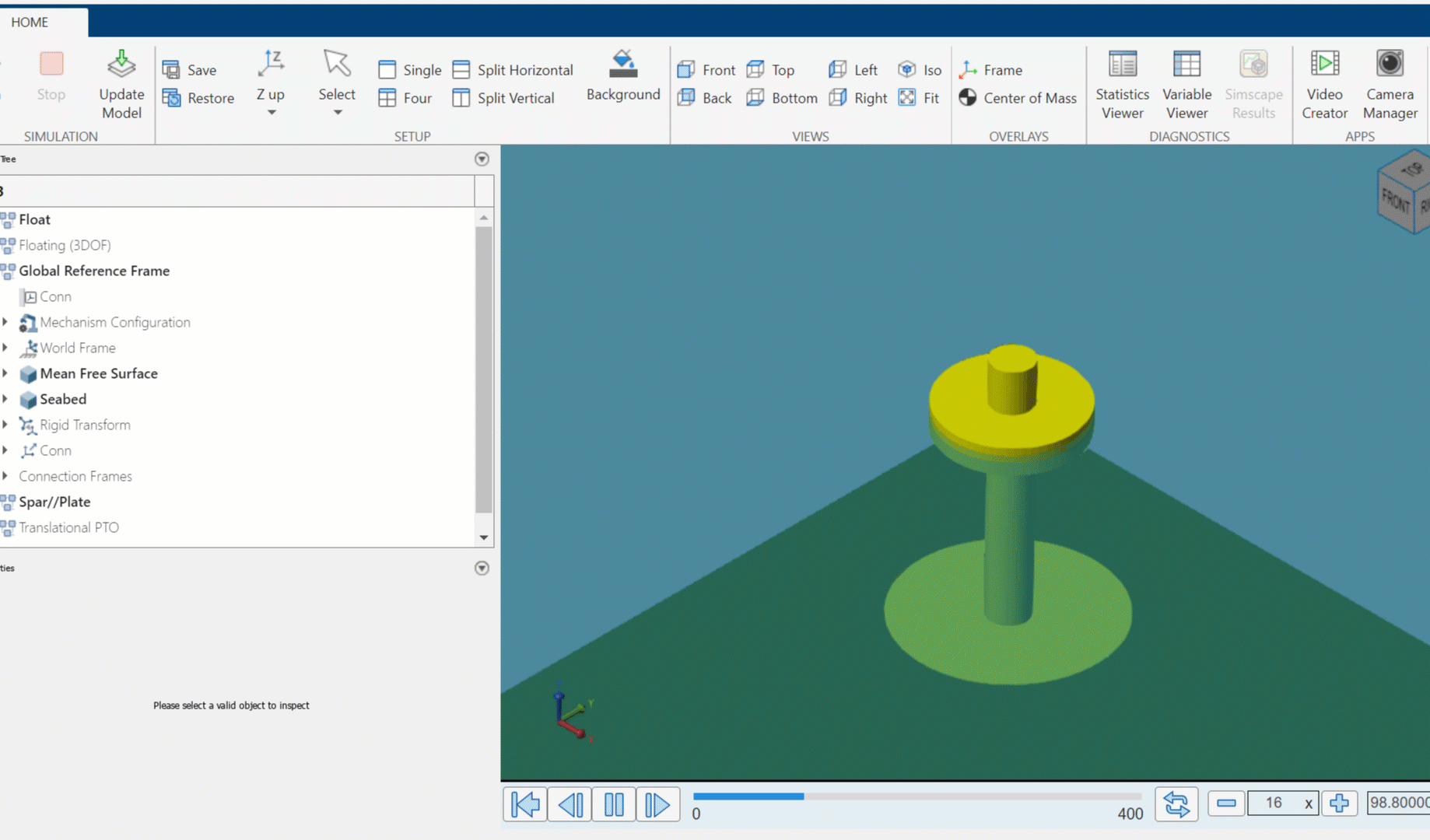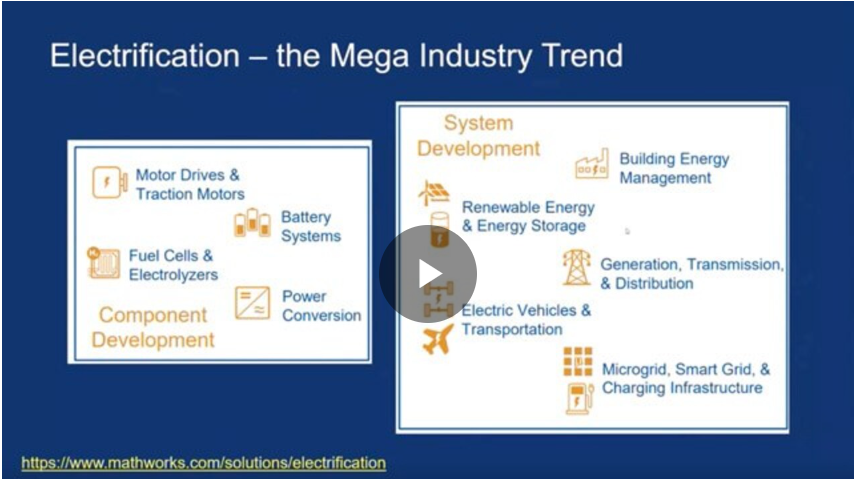Startup Spotlight: CalWave Converts Ocean Waves into Renewable Energy
Ocean waves are one of the biggest unlimited renewable energy sources in the world and have the potential to generate 20-30% of global energy needs. Even though wave energy is unaffected by season or time of day, the industry is underfunded and therefore underdeveloped compared to renewables such as wind and solar.
Problem:
Due to a lack of funding and unique working environments, the standardization of wave energy technology has been a challenge, and there is no agreed-upon structure for wave energy converters.
Solution:
While there is no universally standardized model for wave energy converters, the industry has narrowed down its focus to a few specific types of technology. Among the prospering models is CalWave’s submersible floatation device.
CalWave is a clean tech startup based out of California with a mission to unlock the power of the ocean. The renewable energy they produce helps establish a dependable source of sustainable power, to fuel the ongoing battle against climate change.

CalWave’s submersible buoy wave energy converter. Image courtesy of CalWave.
Question & Answer with the CTO
A behind the scenes view of CalWave’s technology and industry perspectives from an abridged interview with Thomas Boerner, the Chief Technology Officer at CalWave, and Ami Sao, MathWorks Startup Program intern.
Q1: Thomas, how does the buoy you’ve developed at CalWave take complex wave motion and turn it into usable sustainable energy?
A1: CalWave’s technology consists of a specially designed buoy that is moored to the sea floor and operates just under the surface of the ocean. When ocean waves actuate the buoy, mechanical drivetrain systems extract energy from that motion, which is then converted into electricity. This energy is further conditioned via storage technologies and sent back to shore using subsea cables.
The big challenge comes with the unpredictability of ocean waves. You can’t optimize your design for a single type of wave, there is a spectrum of different wave conditions you must account for, which is particularly important in the context of device survivability and infrequent storms.
Q2: You mentioned survivability. How does CalWave’s design counter corrosion and sea storms that could potentially destroy the technology?
A2: Designing these buoys is challenging. Fortunately, we can utilize solutions stemming from decades of technology development in the general offshore and ship industries. There are many pre-existing commercial solutions to combat corrosion and biofouling.
Countering storms is where really smart device design and control strategies comes into play. Our system operates completely submerged under the water’s surface. The device can autonomously change its behavior, for example by changing the submergence depth, based on the state of the sea. This allows us to reduce the wave loads on the buoy during storms but also to increase the unit’s efficiency throughout regular operation. The effect is very similar to the one of pitch and yaw control approaches in wind turbines.
Q3: Using MathWorks tools has been an important part of your process. In what way have MathWorks tools been integral to development at CalWave?
A3: Simulations and model-based design are essential to the work we do at CalWave, particularly the Simulink modeling suite and the many adjunct toolboxes that come along with it. You can’t prototype and iterate with wave energy converters at the scale we’re building them; it’s just not cost and time effective. The fidelity of models and the sophistication in our control approaches must be very high before you commit to building a system that performs in an environment like the ocean. MathWorks tools allow us to continuously improve our engineering and design processes and allow us to rapidly evaluate and integrate new tools and methods such as reinforcement learning control approaches.
Future of Renewable Wave Energy
Historically, funding for wave energy converters has been lower than renewables like wind and solar; however, the US has seen a surge in support and is rapidly catching up to the European industry.
The US Department of Energy has made a strong contribution to these efforts by supporting innovation-based opportunities such as the Wave Energy Prize, a competition that enabled startups to fund their ideas into reality.
Opportunities like these are vital for growth in the industry. In fact, the MathWorks partnership with the DOE Wave Energy Prize enabled CalWave’s entrance into the Startup Accelerator Program. This granted CalWave access to free MathWorks software and engineering support that helped propel their development process in their early days.
Coming full circle, the US Department of Energy is building a dedicated wave energy test site off the coast of Oregon called PacWave, where CalWave is set to expand its work in the coming year. This investment in research will accelerate the development and scaling of wave energy converters, just cracking the surface of potential for renewable wave energy.








评论
要发表评论,请点击 此处 登录到您的 MathWorks 帐户或创建一个新帐户。